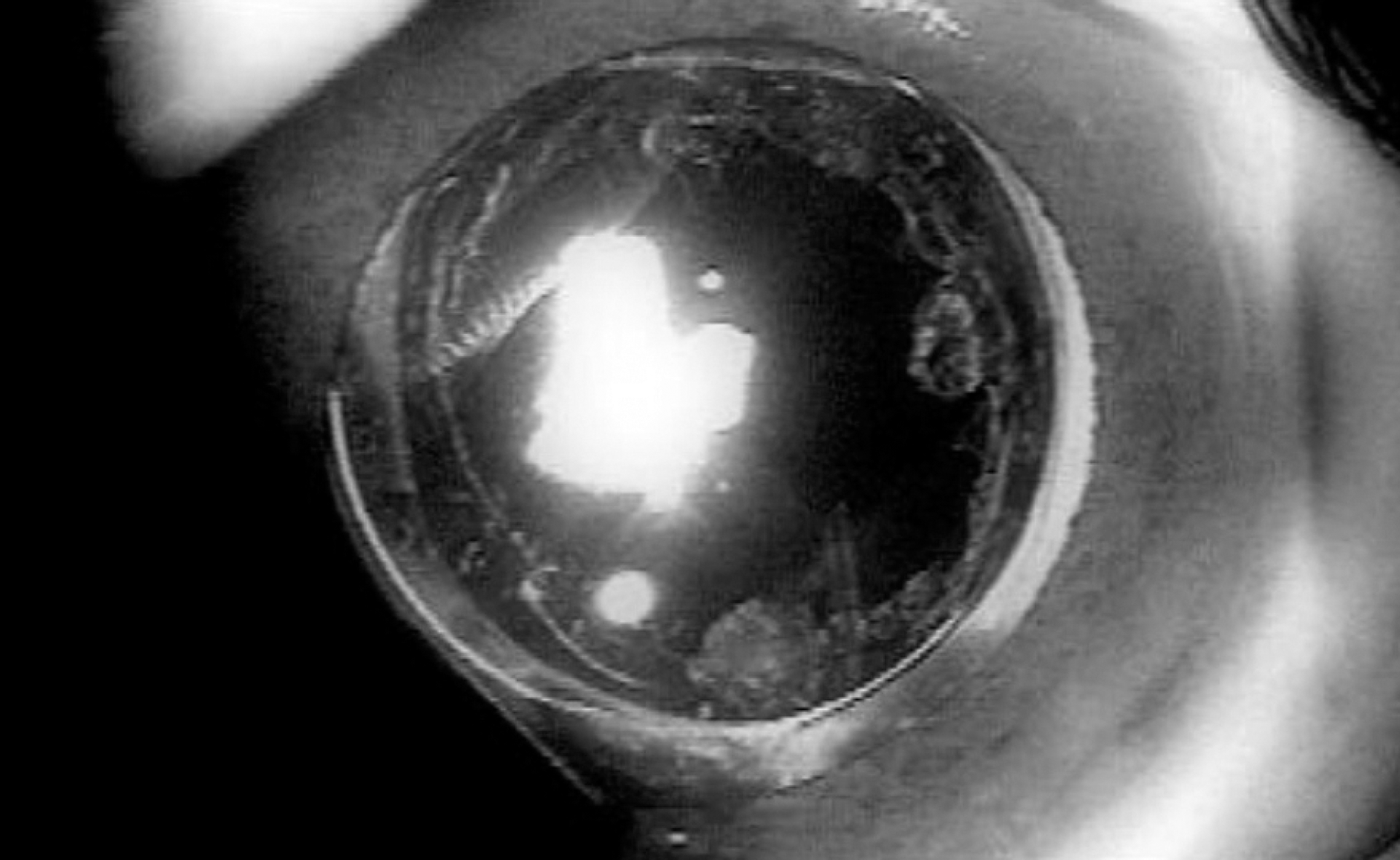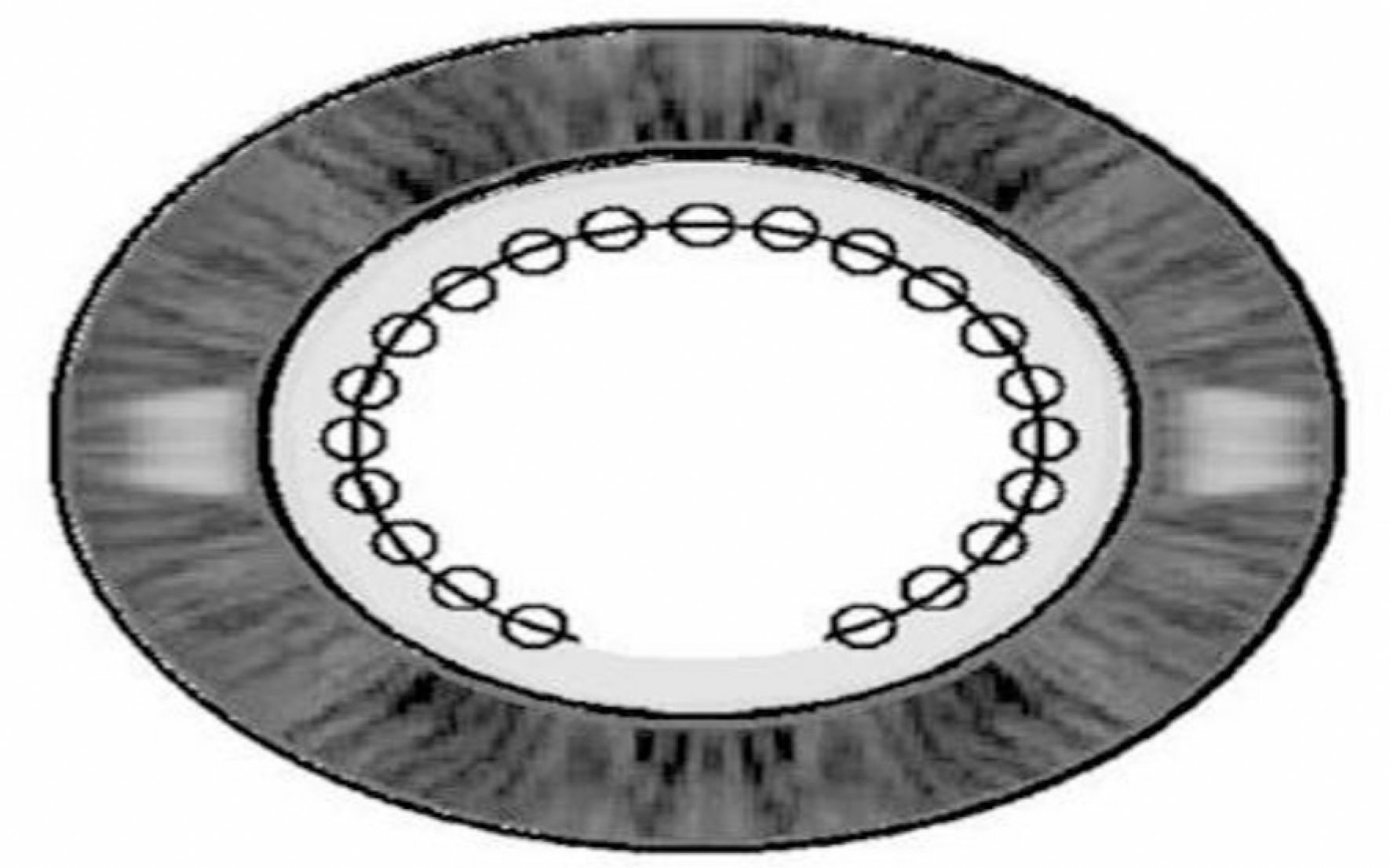Abstract
Purpose
To evaluate the long-term follow-up of adverse effects after neodymium: yttrium-aluminum-garne (Nd:YAG) laser treatment for posterior capsular opacification (PCO).
Methods
In this study, 152 patients (184 eyes) diagnosed with PCO and who received Nd:YAG laser posterior capsulotomy with at least 5 years of follow-up were retrospectively analyzed to evaluate the clinical adverse consequences after Nd:YAG laser posterior capsulotomy.
Results
The mean age in the study group was 63.2 ± 4.2 years and the mean follow-up period was 6.2 ± 0.6 years. Vitreous floaters (8.1%) were the most common complication followed by reactive anterior uveitis (5.9%) and transient increase in intraocular pressure of more than 30 mm Hg (5.4%). Other complications included primary Nd:YAG laser failure (2.7%), recurrent lens epithelial remnant proliferation (1.6%), cystoid macular edema (1.1%), corneal edema (0.5%), retinal tear (0.5%), and rhegmatogenous retinal detachment (0.5%).
Conclusions
Although Nd:YAG laser treatment is the most effective and safe method, surgeons should be aware of the occasional complications such as recurrent lens epithelial remnant proliferation, retinal tear, and rhegmatogenous retinal detachment through long-term follow-up. J Korean Ophthalmol Soc 2015;56(11):1706–1711
Go to : 
References
1. Billotte C, Berdeaux G. Adverse clinical consequences of neodymium: YAG laser treatment of posterior capsule opacification. J Cataract Refract Surg. 2004; 30:2064–71.
2. Kang KM, Kim JJ, Lee JH, Shin JP. A case of pupillary block and increased intraocular pressure after Nd: YAG laser posterior capsulotomy. J Korean Ophthalmol Soc. 2013; 54:834–7.
3. Aslam TM, Devlin H, Dhillon B. Use of Nd: YAG laser capsulotomy. Surv Ophthalmol. 2003; 48:594–612.
4. Ficker LA, Steele AD. Complications of Nd: YAG laser posterior capsulotomy. Trans Ophthalmol Soc U K. 1985; 104(Pt 5):529–32.
5. Schaeffer AR, Ryll DL, O'Donnell FE Jr. Ciliochoroidal effusions after neodymium: YAG posterior capsulotomy: association with pre-existing glaucoma and uveitis. J Cataract Refract Surg. 1989; 15:567–9.
6. Steinert RF, Puliafito CA, Kumar SR, et al. Cystoid macular edema, retinal detachment, and glaucoma after Nd: YAG laser posterior capsulotomy. Am J Ophthalmol. 1991; 112:373–80.
7. Bath PE, Fankhauser F. Long-term results of Nd: YAG laser posterior capsulotomy with the Swiss laser. J Cataract Refract Surg. 1986; 12:150–3.
8. Kim Y, Park J. The effect of two different opening patterns of neodymium: YAG laser posterior capsulotomy on visual function. J Korean Ophthalmol Soc. 2012; 53:390–5.
9. Keates RH, Steinert RF, Puliafito CA, Maxwell SK. Long-term follow-up of Nd: YAG laser posterior capsulotomy. J Am Intraocul Implant Soc. 1984; 10:164–8.
10. Stark WJ, Worthen D, Holladay JT, Murray G. Neodymium: YAG lasers. An FDA report. Ophthalmology. 1985; 92:209–12.
11. Chambless WS. Neodymium: YAG laser posterior capsulotomy results and complications. J Am Intraocul Implant Soc. 1985; 11:31–2.
12. Ge J, Wand M, Chiang R, et al. Long-term effect of Nd: YAG laser posterior capsulotomy on intraocular pressure. Arch Ophthalmol. 2000; 118:1334–7.
13. Lynch MG, Quigley HA, Green WR, et al. The effect of neodymium: YAG laser capsulotomy on aqueous humor dynamics in the monkey eye. Ophthalmology. 1986; 93:1270–5.
14. Stjernschantz J, von Dickhoff K, Oksala O, Seppä H. A study of the mechanism of ocular irritation following YAG laser capsulotomy in rabbits. Exp Eye Res. 1986; 43:641–51.

15. Zeyen P, Zeyen T. The long-term effect of Yag laser posterior capsulotomy on intraocular pressure after combined glaucoma and cataract surgery. Bull Soc Belge Ophtalmol. 1999; 271:99–103.
16. Wasserman EL, Axt JC, Sheets JH. Neodymium: YAG laser posterior capsulotomy. J Am Intraocul Implant Soc. 1985; 11:245–8.
18. Murrill CA, Stanfield DL, Van Brocklin MD. Capsulotomy. Optom Clin. 1995; 4:69–83.
20. Nielsen NE, Naeser K. Epidemiology of retinal detachment following extracapsular cataract extraction: a follow-up study with an analysis of risk factors. J Cataract Refract Surg. 1993; 19:675–80.

21. Winslow RL, Taylor BC. Retinal complications following YAG laser capsulotomy. Ophthalmology. 1985; 92:785–9.

22. Ambler JS, Constable IJ. Retinal detachment following Nd: YAG capsulotomy. Aust N Z J Ophthalmol. 1988; 16:337–41.

23. Lerman S, Thrasher B, Moran M. Vitreous changes after neodymium-YAG laser irradiation of the posterior lens capsule or mid-vitreous. Am J Ophthalmol. 1984; 97:470–5.
Go to : 
 | Figure 2.One month after Nd:YAG laser posterior capsulotomy performed with the modified circular opening procedure. This demonstrates that the inferior portion of circular opening at 6 o'clock remains attached to the posterior capsule. Nd:YAG = neodymium: yttrium-aluminum-garne. |
Table 1.
Baseline demographic features of the enrolled patients
Table 2.
Long term follow-up adverse consequences after Nd:YAG laser




 PDF
PDF ePub
ePub Citation
Citation Print
Print



 XML Download
XML Download